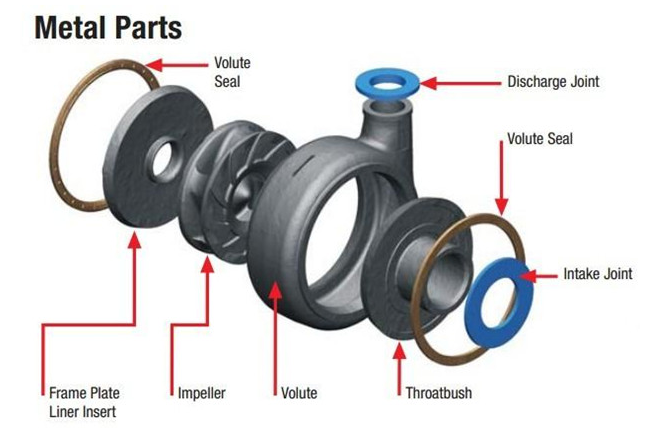Site selection is crucial for successful daylily cultivation. Choose a flat, well-drained fertile loam or sandy loam soil that has been thoroughly plowed to ensure a fine seedbed with no clods. The planting method typically involves creating raised beds or furrows, usually with a spacing of 20–25 cm between rows. Depending on whether you are planting in large or small blocks, the row spacing can vary from 100 cm for larger plots to 50 cm for smaller ones. In some cases, even narrower spacing with 70 cm between rows may be used.
When selecting plants for planting, it's recommended to use ramets (vegetative offsets) and plant them during spring or autumn, with autumn being the preferred season. Autumn planting allows the roots to establish before winter, while spring planting should occur after the soil has thawed, ideally around the Qingming Festival. Choose healthy, vigorous plants with roots that are at least three years old, and retain about two-thirds of the original plant. Remove one-third of the ramets from the root zone as seedlings, and sort them for uniform planting. Plant each hole with 3–5 strains, spaced 40–50 cm apart. After planting, press the soil firmly and apply 500–600 kg of organic fertilizer per acre along with water to promote survival and maintain soil moisture.
Post-planting management is essential for healthy growth. After transplanting, ensure timely weeding and watering to prevent drought. If flooding occurs, drain the excess water immediately. Maintain soil moisture around 20% and water the plants 3–6 times depending on weather conditions. Before the bolting stage, apply urea at 8–10 kg per acre and potassium dihydrogen phosphate at 3–4 kg per acre to encourage thick stems and multiple branches, promoting early bud formation. Before winter, apply 30 kg of superphosphate per acre, 500 kg of composted manure, or 15–20 kg of urea. After winter, cut off the old leaves and dry stalks 3 cm above the ground and apply artificial soil to protect against frost damage.
Pest control is an important part of daylily cultivation. Common diseases include rust and leaf spot, while pests such as red spider mites, aphids, beetles, grasshoppers, and crickets can cause significant damage. A combination of agricultural, biological, and chemical methods should be used for effective pest management. Prioritize cultural and biological controls, and use chemical treatments only when necessary. When applying chemicals, choose high-efficiency, low-toxicity, and low-residue products to ensure both yield and quality without harming the environment or human health.
By following these detailed planting and management techniques, farmers can significantly improve the productivity and quality of their daylily crops, ensuring long-term sustainability and profitability.
1. Naipu Pump offers all metal wet parts with high chrome white iron (27% chrome).The high chrome white iron is a very good wear-resistant material and nice wear-resistant is our slurry pumps important character.

2. Metal Slurry Pump Parts material construction
LINERS
IMPELLER
CASING
BASE
EXPELLER
EXPELLER RING
SHAFT SLEEVE
SEALS
Standard
Chrome Alloy
Chrome Alloy
SG Iron
SG Iron
Chrome Alloy
Chrome Alloy
SG Iron
Rubber
Options
Ferralium
Ferralium
SG Iron
MS
NI Resist
NI Resist
EN56C
Ceramic
Natural Rubber
Natural Rubber
or
SG Iron
or
SG Iron
and
Nitrile
Hastelloy C
316 SS
W151
Polyurethane
Neoprene
Butyl
Viton
Nitrile
EPDM
Hypalon
Hastelloy C
316 SS
W151
Polyurethane
Neoprene
Butyl
Nitrile
Hypalon
Various grades
Fabricated
Cast Iron
Ferralium
Hastelloy C
Polyurethane
316 SS
W151
Ferralium
Hastelloy C
316 SS
Rubber
W151
Polyurethane
Neoprene
Butyl
Nitrile
Ferralium
Hastelloy C
Titanium
316 SS
304 SS
Stellite
Chrome Oxide
Nordel
Neoprene
Viton
Pump Parts,Slurry Pump Metal Parts,Metal Slurry Pump Parts,Slurry Pump Fluid Parts,Slurry Pump Wet Parts
Shijiazhuang Naipu Pump Co., Ltd. , https://www.naipu-pump.com
